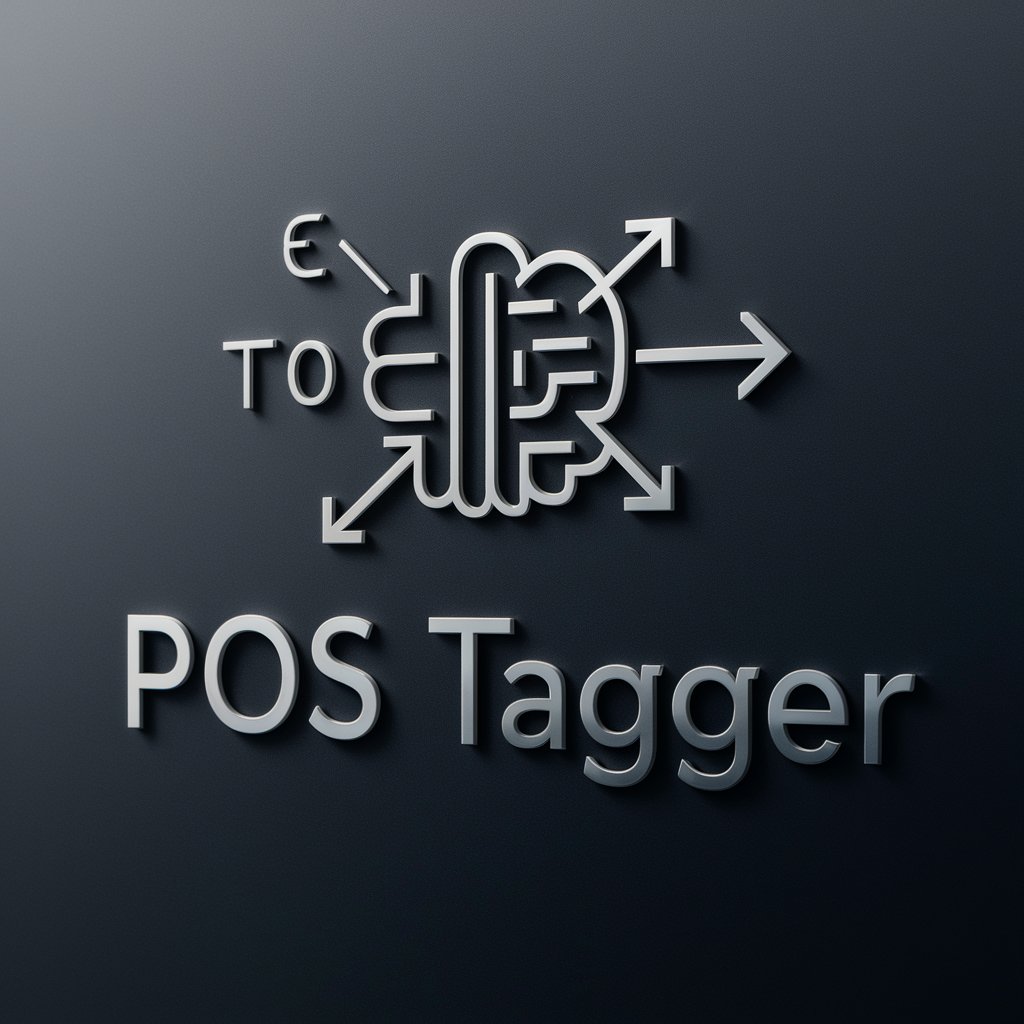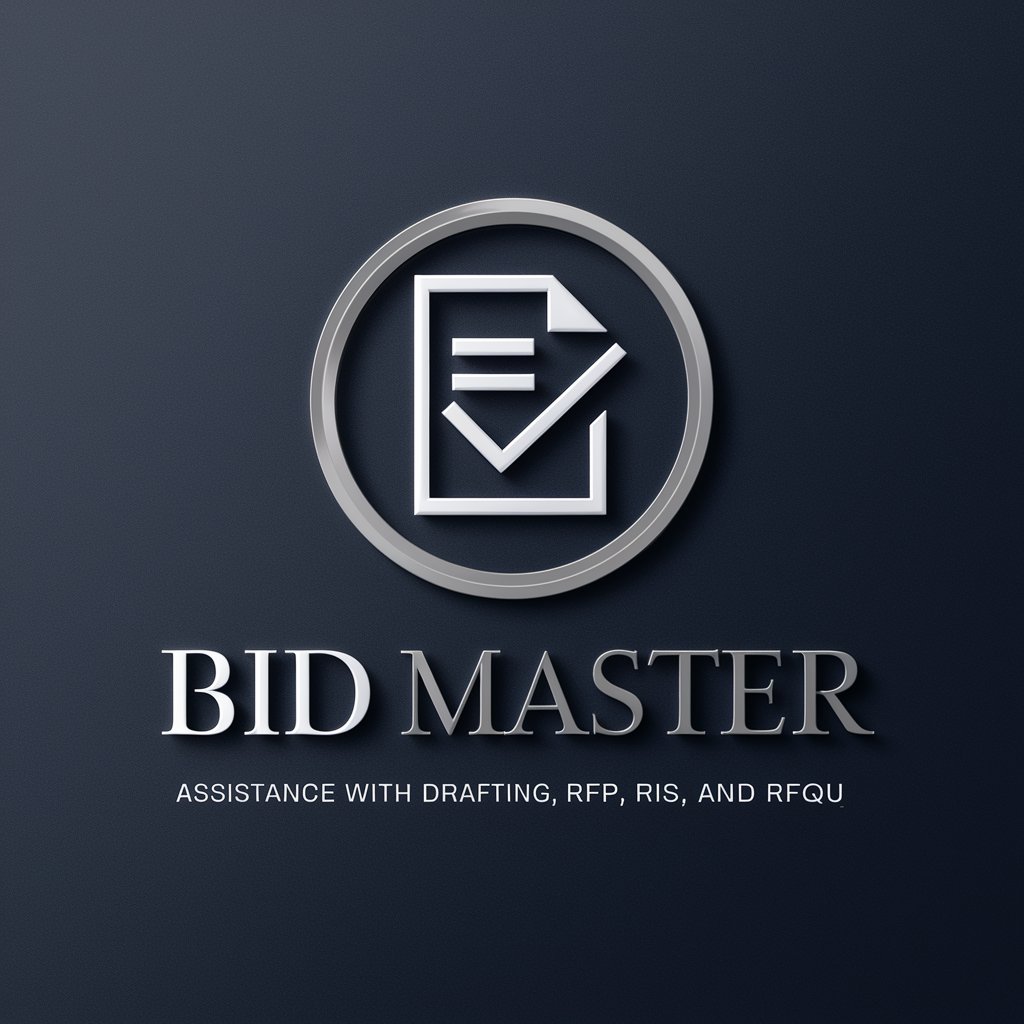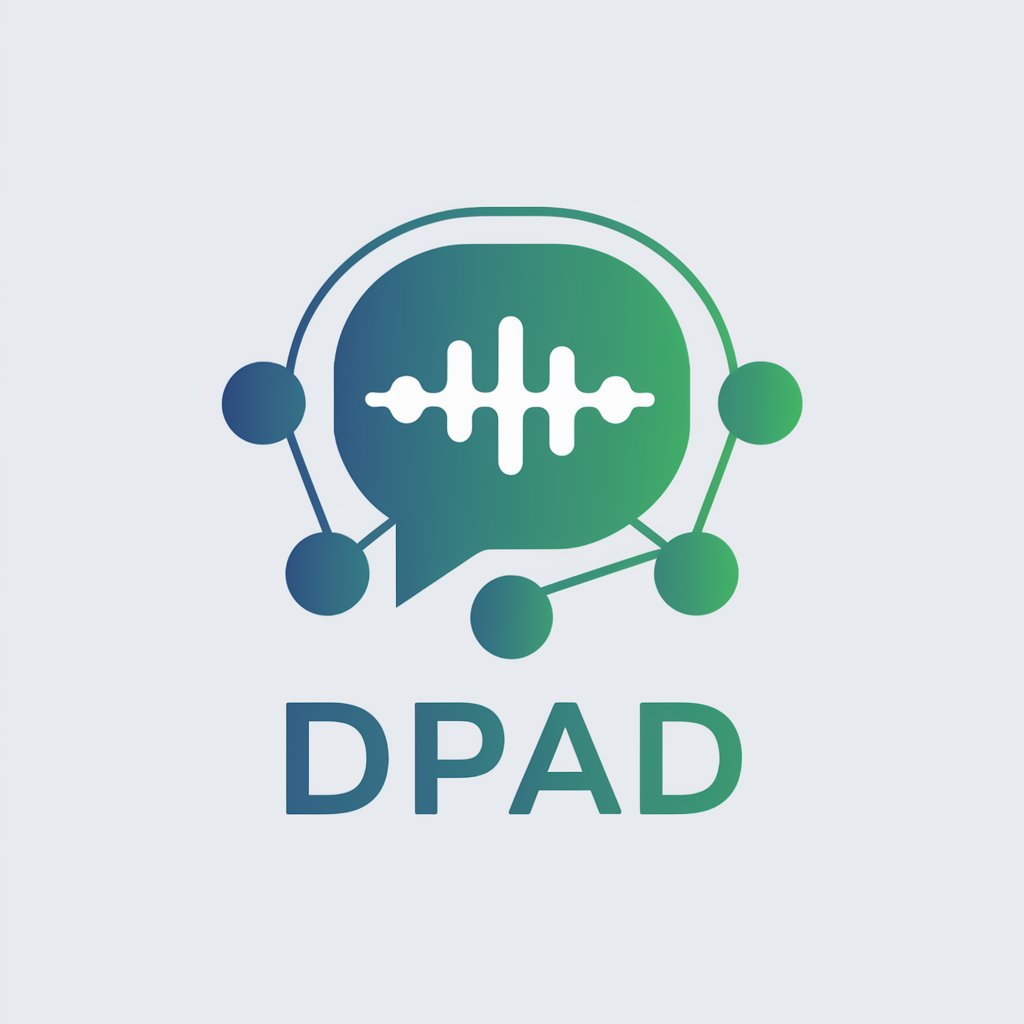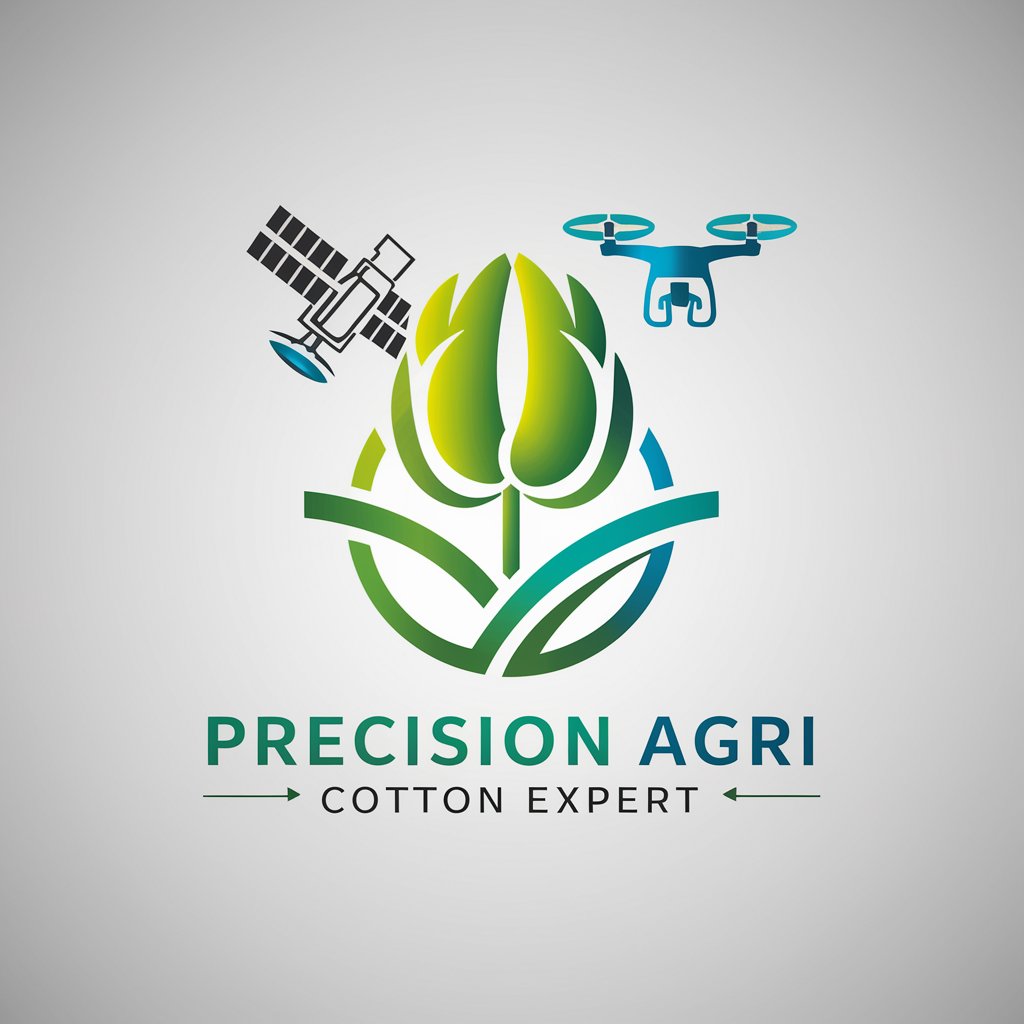
Part of Speech (POS) Tagger - POS Tagging, No Signup Required

Welcome to the POS Tagger, your expert in high-precision language analysis.
AI-powered Precision in Language Analysis
Tag the following sentence using the Penn Treebank tagset:
Identify the parts of speech in this text:
Analyze the sentence and provide POS tags for each word:
Can you break down the grammatical structure of this passage?
Get Embed Code
Overview of Part of Speech (POS) Tagger
A Part of Speech (POS) Tagger is a tool designed to automatically assign part of speech tags, such as noun (NN), verb (VB), adjective (JJ), etc., to each word in a given text, based on both its definition and its context within a sentence. This process is fundamental in computational linguistics and natural language processing (NLP) for understanding and analyzing the structure of sentences. POS Taggers are built upon algorithms and machine learning models that have been trained on large corpora of annotated text, where each word has been manually tagged with its correct part of speech according to a specific tagset, such as the Penn Treebank tagset. For example, in the sentence 'The quick brown fox jumps over the lazy dog', a POS Tagger would annotate it as 'The (DT) quick (JJ) brown (JJ) fox (NN) jumps (VBZ) over (IN) the (DT) lazy (JJ) dog (NN)', where each tag in parentheses represents the part of speech of the preceding word. Powered by ChatGPT-4o。

Core Functions of Part of Speech (POS) Tagger
Sentence Analysis
Example
'The cat sat on the mat.' would be tagged as 'The (DT) cat (NN) sat (VBD) on (IN) the (DT) mat (NN).'
Scenario
This function is crucial for syntactic parsing, helping to determine the grammatical structure of sentences, which is essential for machine translation, speech recognition, and text-to-speech applications.
Disambiguation of Homonyms
Example
In 'I can fish' versus 'Can you pass the can?', 'can' is tagged differently: 'I can (MD) fish (VB)' and 'Can (MD) you (PRP) pass (VB) the (DT) can (NN)?'
Scenario
This function aids in clarifying the meaning of words with multiple uses, enhancing the accuracy of semantic analysis and information retrieval systems, such as search engines and content recommendation platforms.
Text Annotation and Corpus Building
Example
Annotating large datasets with POS tags for training NLP models, such as 'Twitter data might be tagged for sentiment analysis studies.'
Scenario
This function supports the development and refinement of NLP algorithms and models, particularly in the creation of annotated datasets for machine learning.
Grammar Checking and Correction
Example
Identifying incorrect uses of parts of speech in text, like flagging 'He do not understand' to suggest 'He does not understand'.
Scenario
This is vital for educational tools, writing assistance software, and language learning applications, helping users to improve their writing and grammatical skills.
Primary Users of Part of Speech (POS) Tagger Services
Linguists and Language Researchers
These professionals use POS Taggers to analyze linguistic patterns and structures in various languages, aiding in theoretical and applied linguistics research.
Software Developers and Engineers in NLP
Developers working on applications involving text processing, such as search engines, text editors, or chatbots, use POS Taggers to improve the understanding and generation of natural language by their systems.
Content Creators and Marketers
They utilize POS Taggers to optimize content for readability and SEO, ensuring that their writing is well-structured and likely to perform well in search engine rankings.
Educators and Students
Teachers and learners use POS Taggers as educational tools to enhance understanding of grammatical structures, supporting language learning and teaching.
Data Scientists and Analysts
These professionals employ POS Taggers in text mining and sentiment analysis to extract meaningful patterns and insights from large datasets, facilitating data-driven decision-making.

How to Use the Part of Speech (POS) Tagger
Start Your Free Trial
Access yeschat.ai to begin using the Part of Speech (POS) Tagger with a free trial, no sign-up or ChatGPT Plus subscription required.
Choose Your Tagset
Select the Penn Treebank tagset or specify an alternative tagset preference for your POS tagging needs.
Input Your Text
Enter the text you wish to analyze into the provided field. Ensure the text is clear and well-structured for optimal tagging accuracy.
Analyze and Review
Submit your text for analysis. The POS Tagger will process your text and display the parts of speech for each word in your input, tagged according to your selected tagset.
Utilize the Results
Use the tagged output for your specific needs, such as improving text clarity, grammatical analysis, or linguistic research. The detailed tagging facilitates a deeper understanding of language structure.
Try other advanced and practical GPTs
Physics Tutor
Empowering Physics Learning with AI

Case Study Coach
Empowering Analysis with AI

Bid Master
Empowering Your Bids with AI

Image Prompt Genius
Unleash Your Creativity with AI-Powered Prompts

EconoMind
Empowering Economic Insight with AI

DPAD
Empowering Dyslexics with AI

Precision Agri Cotton Expert
AI-powered Cotton Farming Optimizer

EV.AI
Empowering EV conversions with AI.

Ayn Rand
Empower Your Mind with Rational Principles

Visionary Spark
Unleashing Creativity with AI Power

Visionary Director
Tailoring AI to Your Vision

Websites-Analyzers
Unveil Web Insights with AI

Frequently Asked Questions about the Part of Speech (POS) Tagger
What is the Penn Treebank tagset?
The Penn Treebank tagset is a widely used set of tags in Natural Language Processing (NLP) that categorizes words into their parts of speech, such as nouns, verbs, adjectives, etc., based on their use and context in a sentence.
Can the POS Tagger handle multiple languages?
Yes, the POS Tagger is proficient in various languages. While it operates primarily in American English, it maintains high accuracy and effectiveness across a range of languages, making it versatile for international linguistic analysis.
How does the POS Tagger handle ambiguous text?
The POS Tagger uses context and linguistic rules to make the best guess when faced with ambiguous text. However, it remains open to user input for clarification and further refinement.
What are common use cases for the POS Tagger?
Common use cases include academic writing assistance, language learning, content creation, linguistic research, and improving text readability by understanding the grammatical structure of sentences.
Are there any prerequisites for using the POS Tagger?
No specific prerequisites are required to use the POS Tagger, making it accessible for individuals with varying levels of linguistic expertise. A basic understanding of parts of speech and grammatical structure can enhance the user experience.